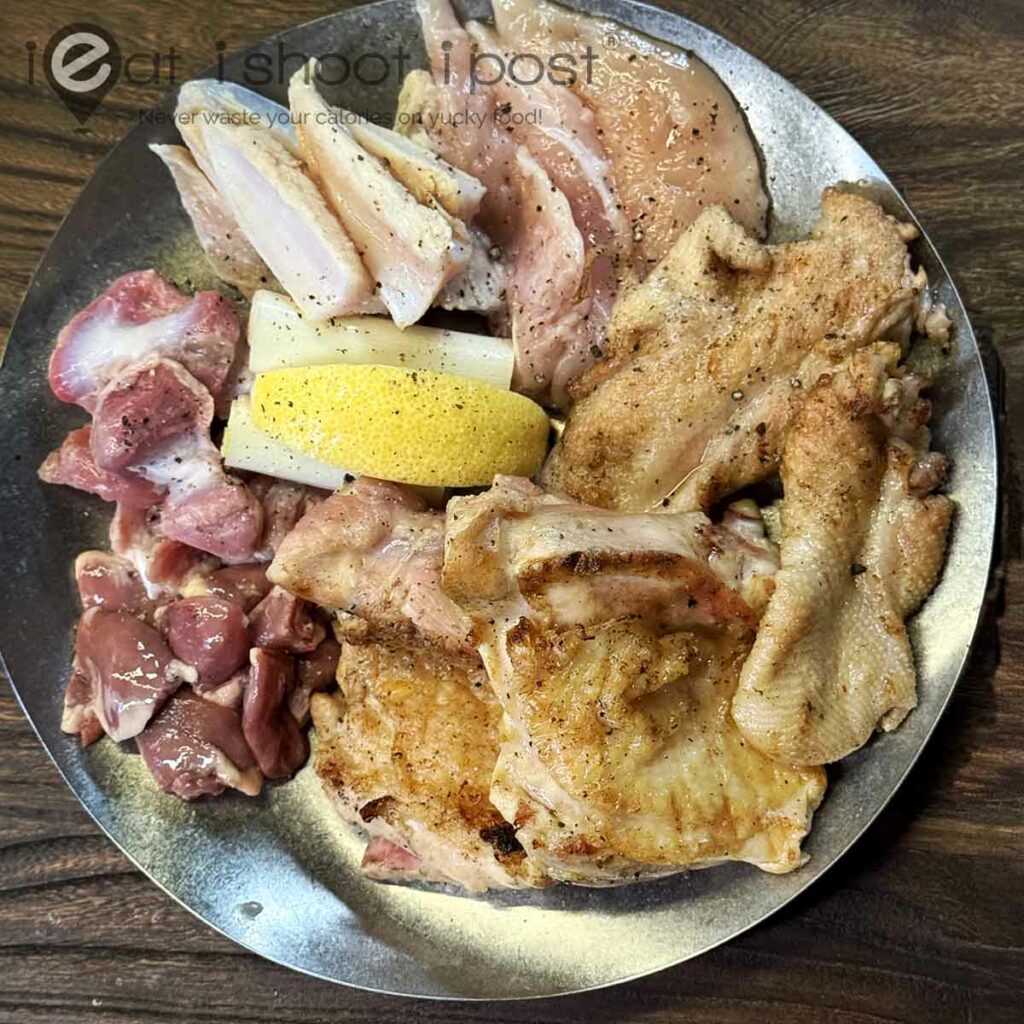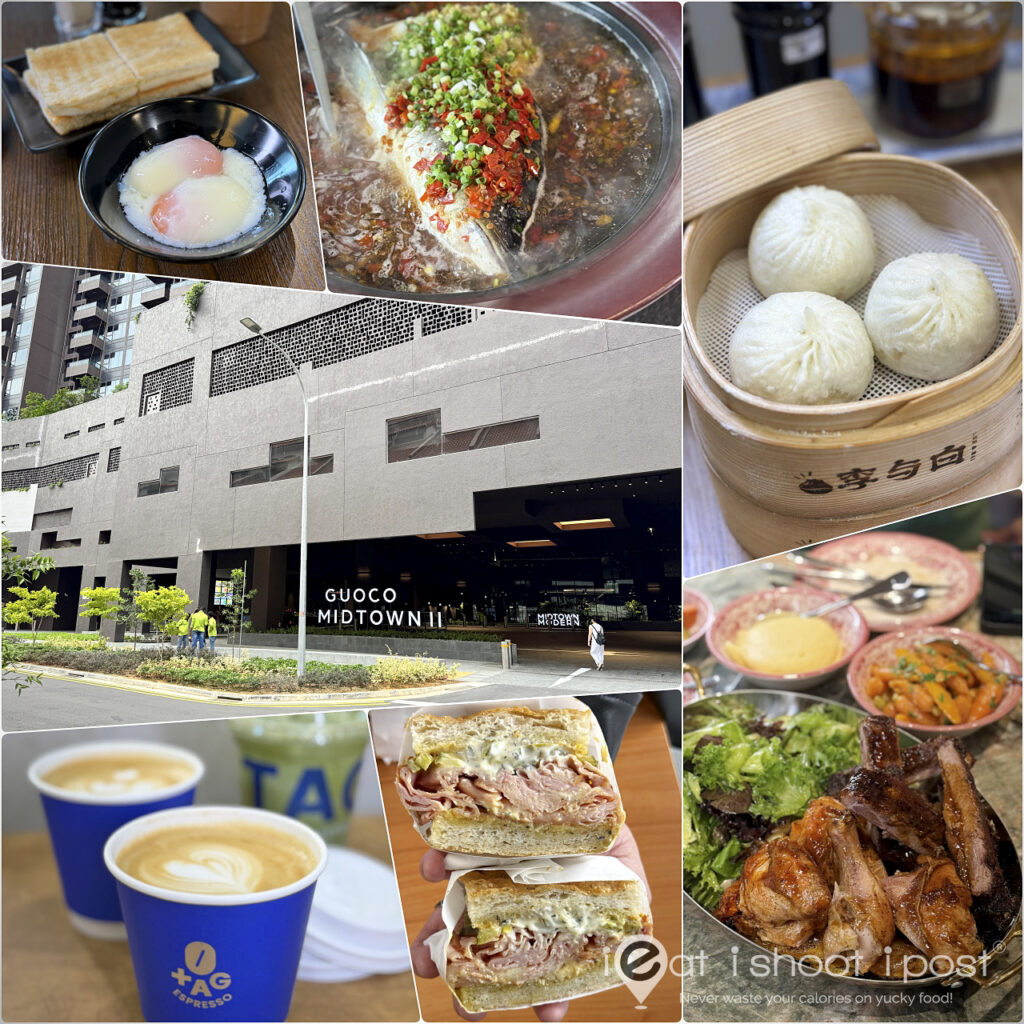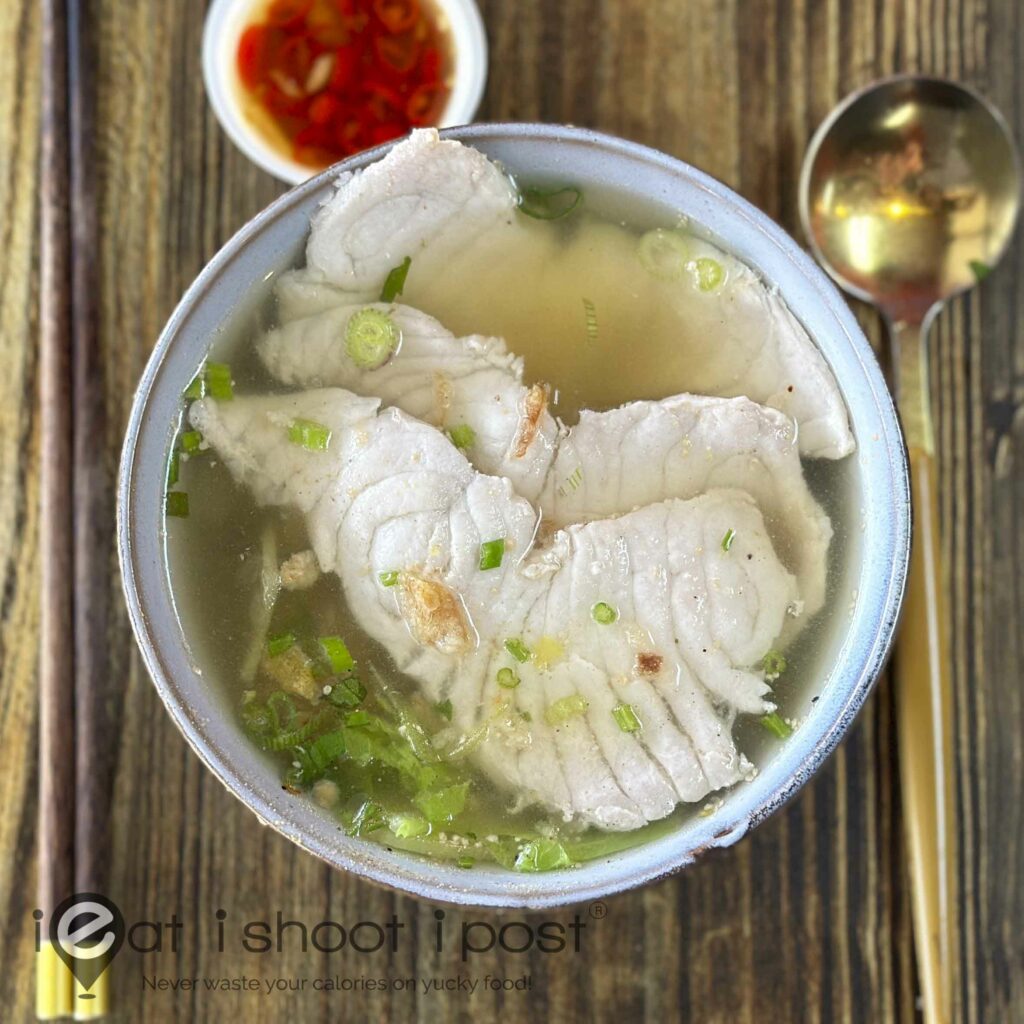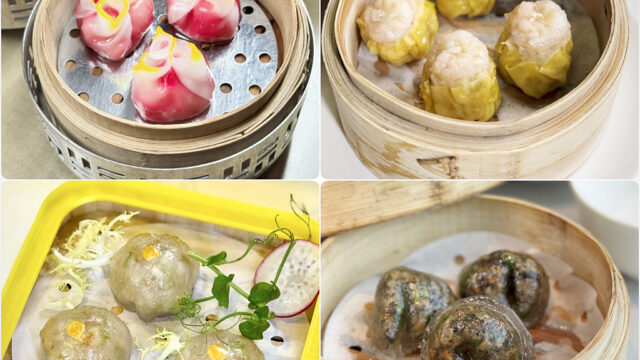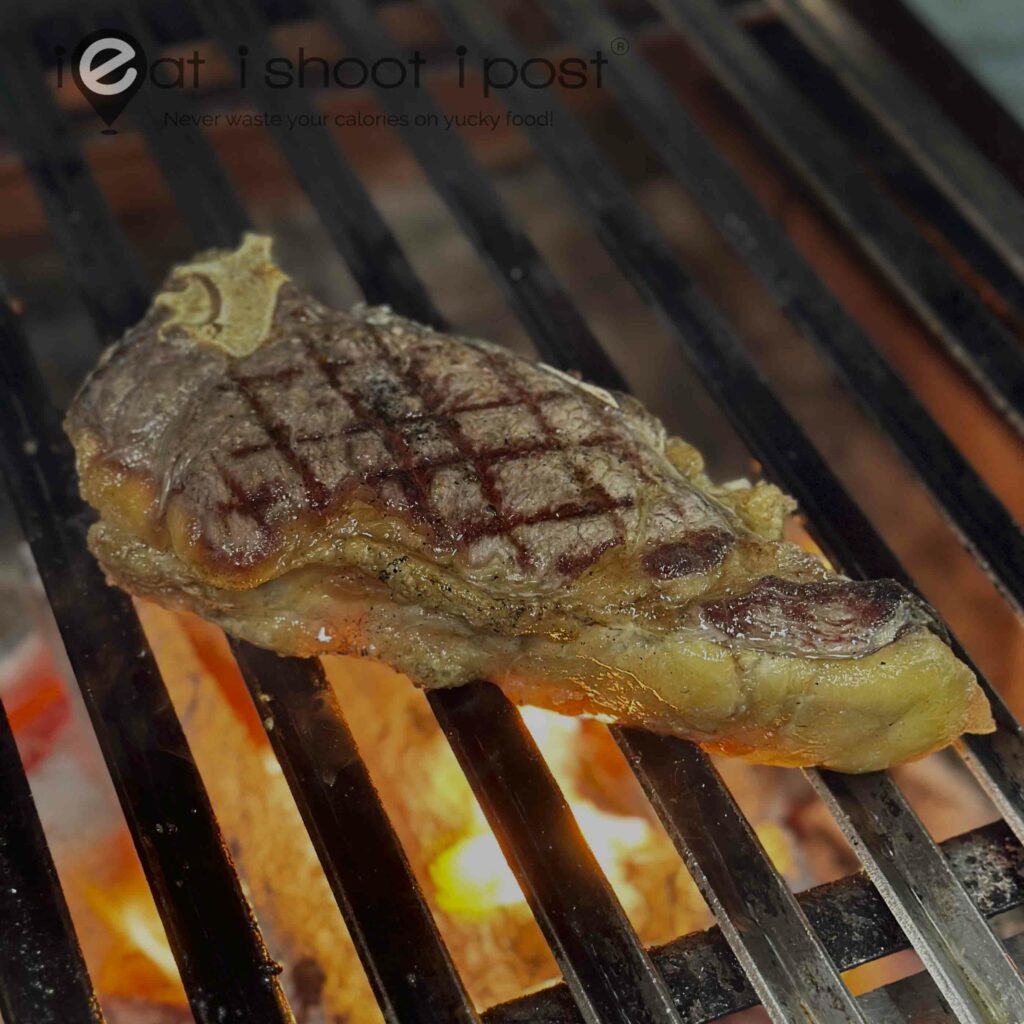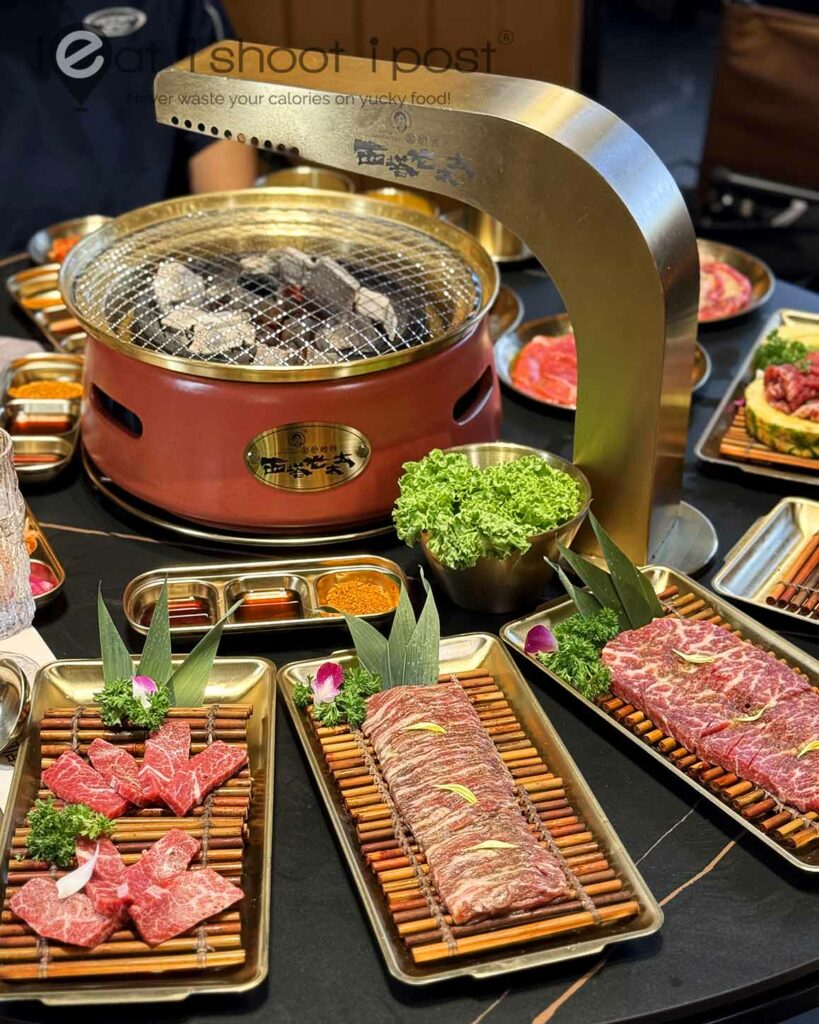
It’s not Korean, it’s not Chinese.. it’s Cháoxiǎn Zú (朝鲜族)
Xita Lao Tai Tai, China’s most popular Korean BBQ chain, has arrived in Singapore, bringing its signature grilled meats to local diners for the first time. The brand traces its roots back over two decades to Xita (西塔), lit “West Stupa, a vibrant district in Shenyang, the capital of Liaoning province. Xita is widely regarded as Shenyang’s “Little Korea,” and is home to a high concentration of Korean restaurants.
With Liaoning sharing a border with North Korea, Shenyang has long served as a key entry point for Korean merchants coming into China. Over time, this has led to the emergence of the 朝鲜族 (Cháoxiǎn Zú) — the ethnic Korean Chinese community.
Many Chaoxianzu are descendants of Koreans who migrated across the border in the 19th and early 20th centuries due to war, famine, and Japanese occupation. Though they are Chinese citizens, they’ve preserved much of their Korean language, food culture, and identity, creating a unique heritage. In many ways, their cultural adaptation mirrors that of the Peranakan community in Southeast Asia, which also has its own culture and culinary style.
It was within this melting pot that one Chaoxianzu matriarch, fondly referred to as the “Lao Tai Tai” (老太太) began peddling her Korean-Chinese grilled meats from a simple pushcart. Her recipe quickly won over the neighbourhood and sparked what would become a nationwide phenomenon. Today, Xita Lao Tai Tai honours her legacy with over 600 outlets across China, and now, its first international outlet at Bugis+.
What makes Xita Lao Tai Tai special
If you’re a fan of Korean BBQ and are looking for something new, Xita Lao Tai Tai might be just what you are looking for. Blending the hearty Korean-style BBQ with the spices of Northern Chinese grilled meats, this unique concept delivers a grilling experience that bridges two great BBQ traditions.
Xita takes its ingredient sourcing seriously, and it shows in the thoughtful selection of beef cuts. However, don’t expect to find (what is usually considered) premium cuts like ribeye, striploin, or tenderloin here. The focus is on flavourful secondary cuts, which are preferred in Chinese cuisine for their robust flavour and textural complexity.
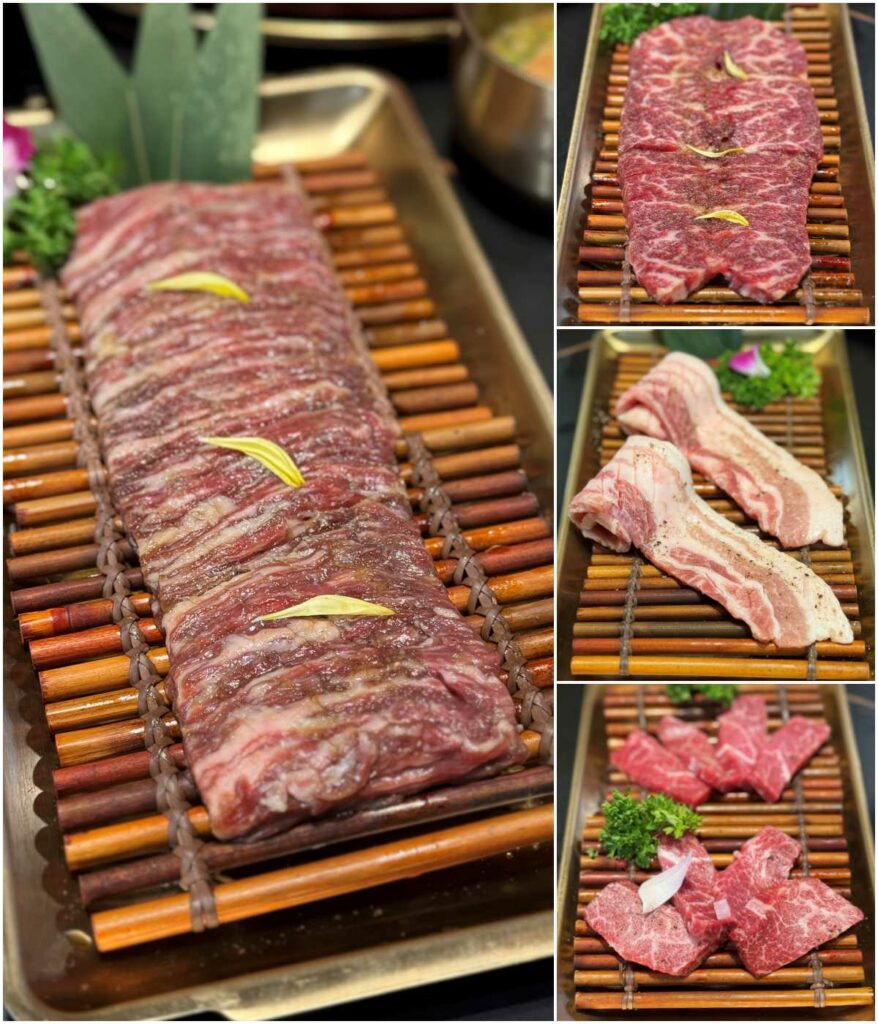
Right: Flagship Feather Blade Steak ($36.90, member $33.90), Thick-Cut Pork Belly ($28.90, Member $24.90), Premium Marbled Beef Short Rib ($46.90, member $40.90)
In Singapore, they use several specially selected cuts of USDA Choice beef. One of the highlights is the outer skirt, a prized cut taken from the diaphragm muscle.
The insistence on serving the outer skirt over the cheaper inner skirt is a clear sign of their commitment to quality. This cut is naturally more marbled, with a richer, beefier taste. And with their secret marinade, the result is that explosion of satisfying beefiness which is the Holy Grail of every beef lover.
Unique Clay Stove Grill

Another thing that sets it apart is the use of a clay stove grill, which is traditionally used by the Chaoxianzu.
Unlike conventional metal grills, the clay stove not only delivers a more intense and even heat but also keeps the infrared heat away from diners. So you can enjoy the sizzle without breaking a sweat.
It’s Finger Chewing Good!
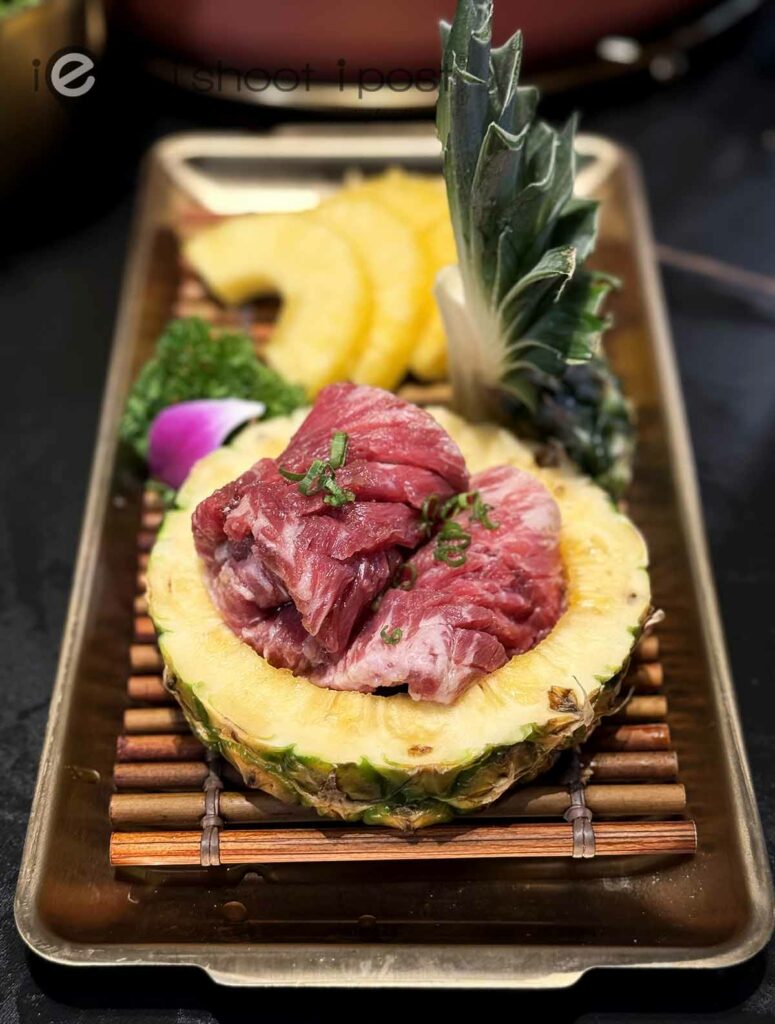
Another of the popular cuts here is their rib fingers, which they prepare in several different ways. The rib finger is the muscle found between the rib bones and is often overlooked in Western cuisine. However, at Xita, it’s prized for its bold flavour and complex texture.
Their signature pineapple rib fingers is the one that is most popular. The pineapple not only adds interest to the visual presentation of the dish, but its sweetness also complements the richness of the meat very nicely.
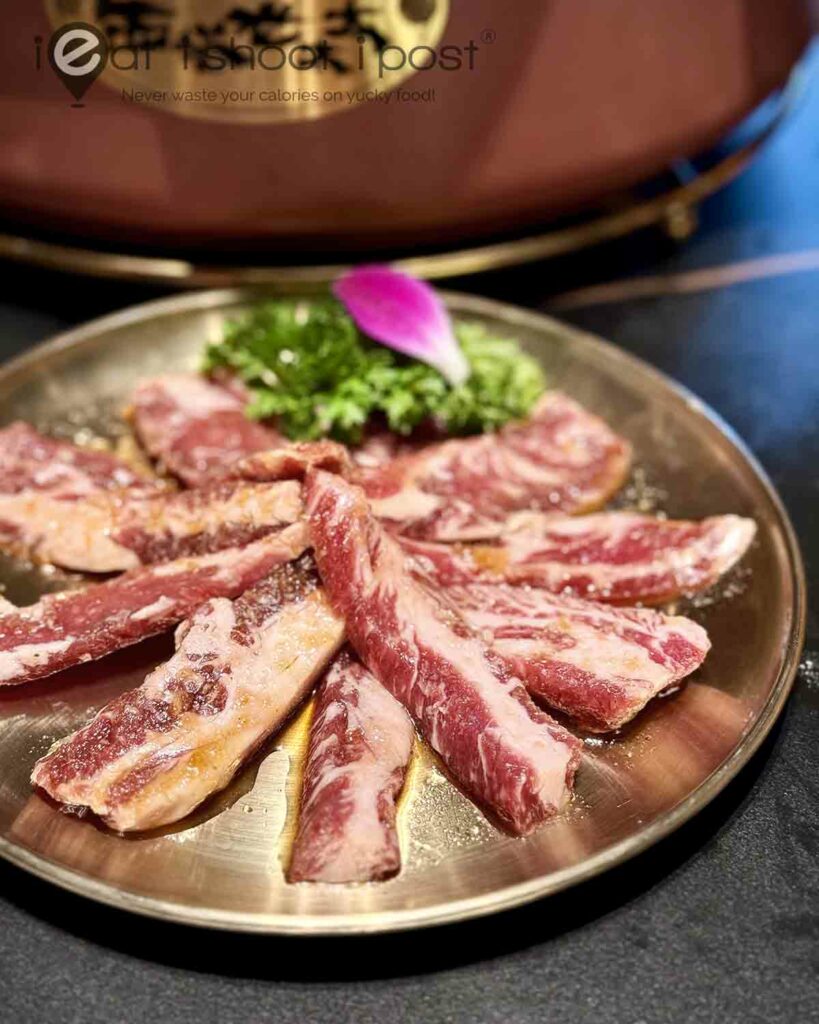
However, if you’re a fan of richly marbled meat, then you should instead go for the premium rib fingers. Taken from the section closer to the spine, this area boasts the most intense marbling. While they may not look as striking as the pineapple rib fingers, they more than make up for it in flavour and juiciness!
If beef is not your thing…
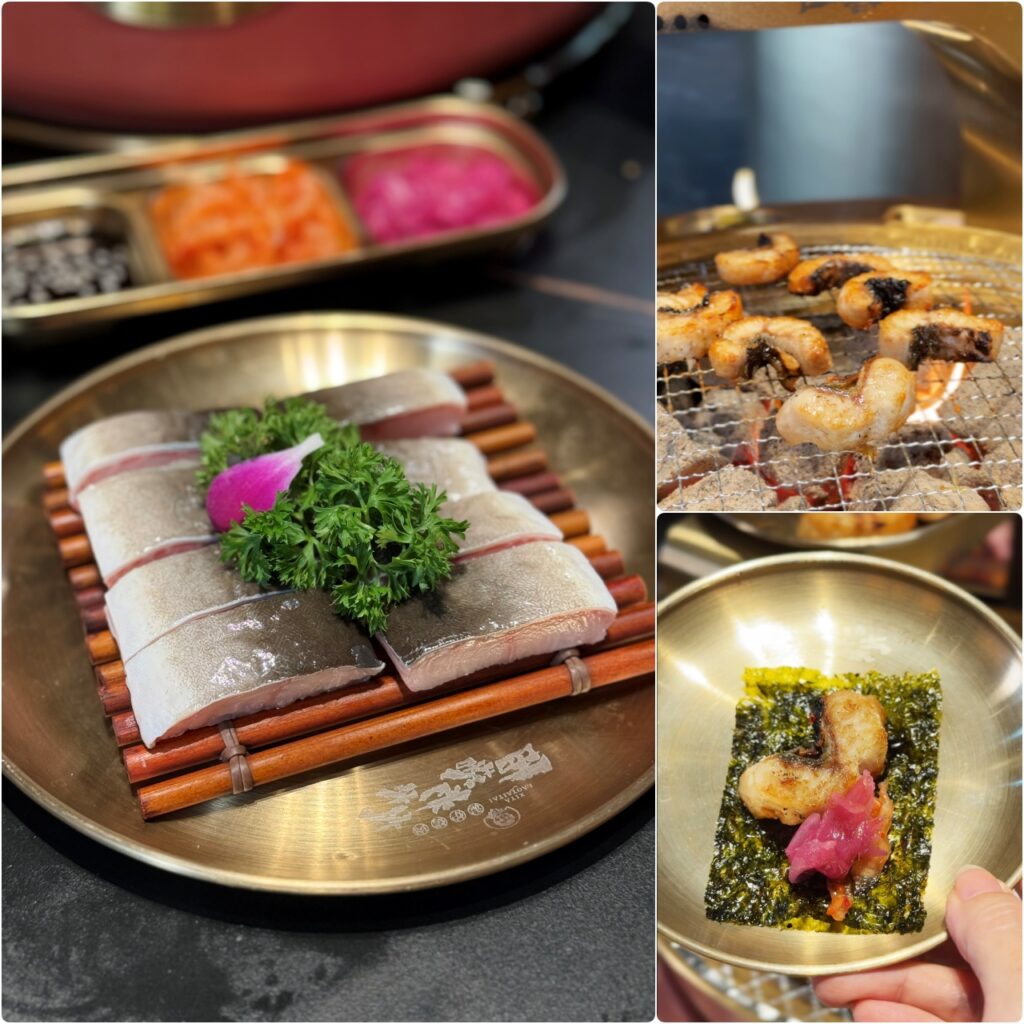
Aside from beef they also offer other proteins like pork and chicken and recently, they introduced freshwater eels (unagi). They are grilled till the crust is golden and eaten with pickled ginger and nori.
Their pork belly are also very good (top photo) They use Spanish pork, which has a good ratio of fats and meat, and they are cross-hatched so that they crisp up nicely over the grill.
Other Dishes to Accompany Your Meats

This dish is a perfect example of the Chaoxianzu cuisine of Xita LTT, and we were completely taken aback by how delicious it was. The dressing blends the familiar chili-cumin flavours of Chinese BBQ with the tangy-sweet vinaigrette typical of Korean banchan.
This results in a combination so addictive, we couldn’t stop going back for more!
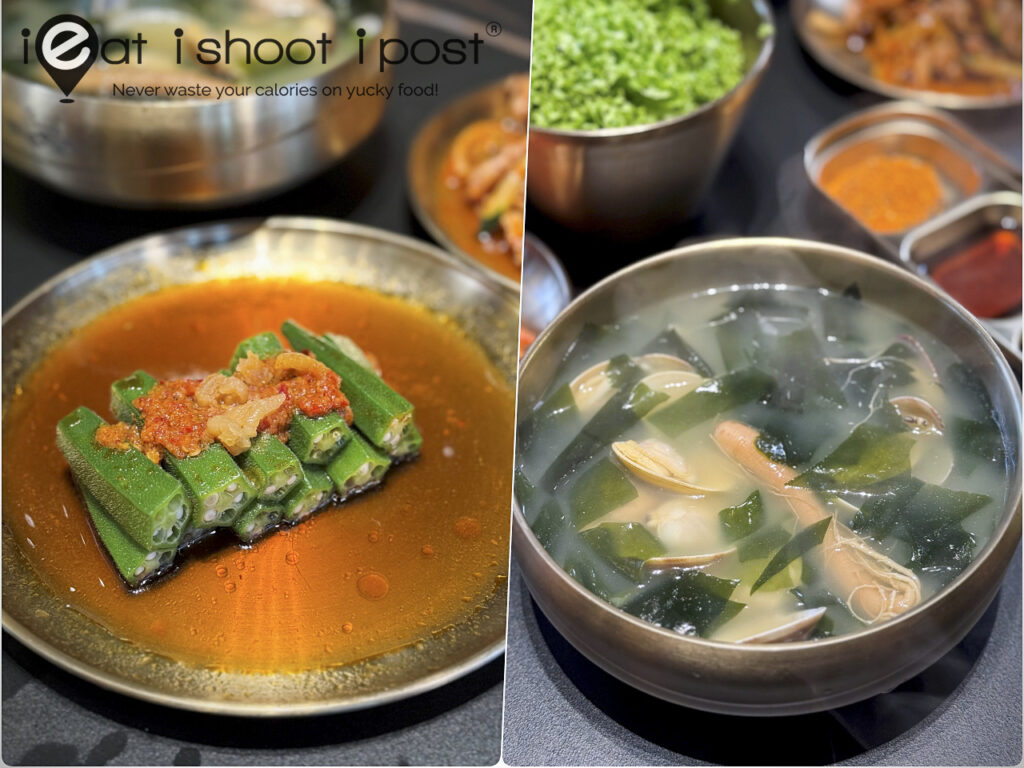
Another appetizing dish to try is their Lady Finger with Pickled Chilli, which resembles a cold version of our familiar Sambal Ladies Fingers. The pickled chilli leans more towards fragrant than spicy, and the flavours come together beautifully.
The menu features three different soups, and we opted for the Korean Ginseng Little Neck Clam Soup. The ginseng is subtle, not overpowering, and the soup overall is comforting and well-balanced.

Another of their signature dishes is the cold buckwheat noodles. It is served in a refreshing, tangy soup. It’s light and zesty, which makes it perfect for cutting through the richness of the meat!

If we weren’t on a low-carb diet, the plate of Golden Glutinous Rice Balls would have disappeared in a jiffy. What’s not to love about a chewy, gooey rice ball covered in sugar?
Dips, Sauces and Free Flow Banchan
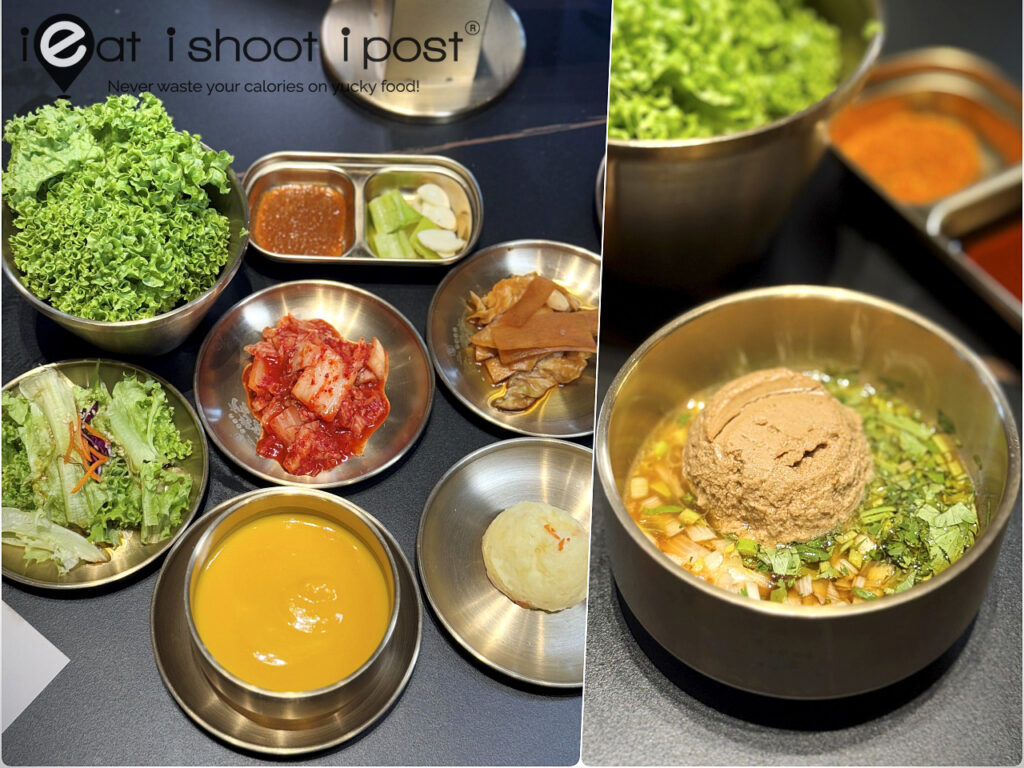
The signature sauce here is their sesame paste sauce which has a combination of nutty sesame paste with vinegar and sugar. It’s reminiscent of goma sauce, but with a chunkier texture and more depth of flavour. For grilled meats, their soy-based BBQ sauce is a perfect match. It may look unassuming, but it works wonders, elevating each bite into a moment of beefy bliss.
Their free flow banchan is excellent, especially the creamy pumpkin soup. It’s rich, comforting, and surprisingly moreish. Just remember not to get carried away and fill your tummy with soup before the main dishes arrive!

Conclusion
It’s not hard to see why Xita Lao Tai Tai has such a strong following in China. The marriage of Chinese and Korean flavours here really brings out the best of both cuisines.
The meats are well-sourced, and you can taste the results of over 20 years spent perfecting their recipes. Add to that the warm hospitality, and you’ve got a place that’s perfect for gathering with family and friends over a meal that you can happily spend your calories on!
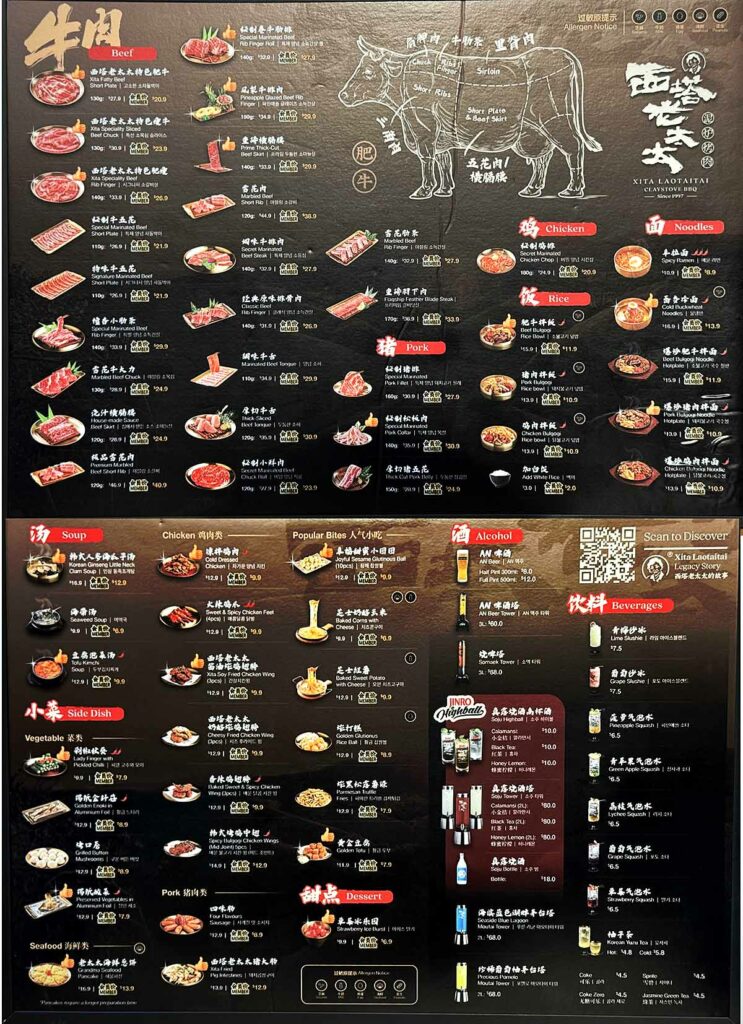
Disclosure: this post is written in partnership with Xita Lao Tai Tai. Opinions expressed are those of our own.



